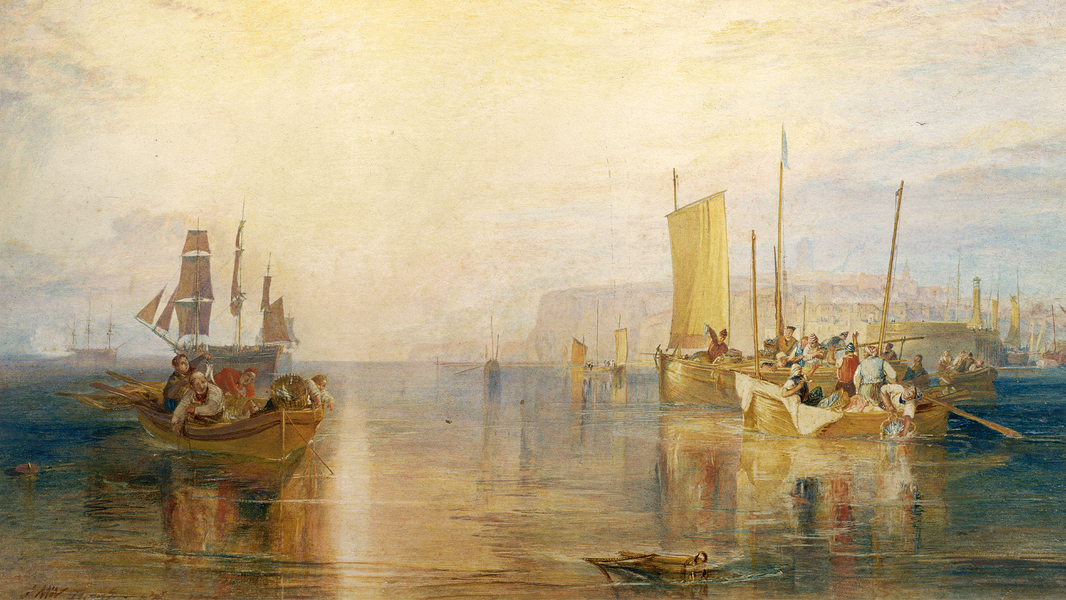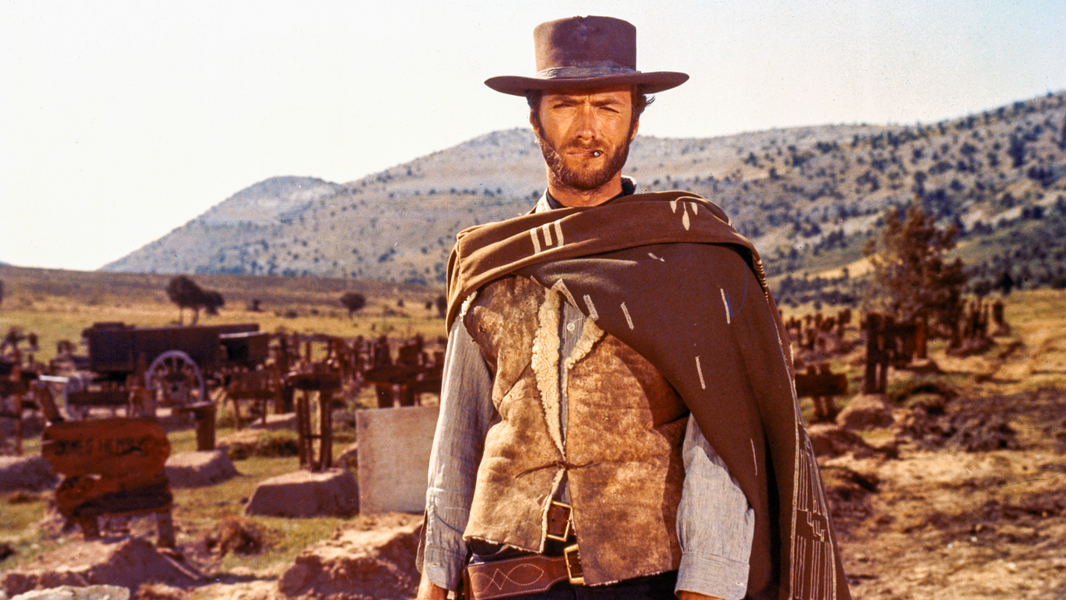© DeAgostini/G. DAGLI ORTI/Diomedia.
On 4th November 1922, Howard Carter’s waterboy was digging a hole in the desert to store the earthenware jugs of water needed to refresh the labourers toiling in the sun-scorched Valley of the Kings, when he struck stone under the sand. The archaeologist soon found it was the top of a flight of stairs and instantly understood that it must be the entrance to the long lost tomb of Tutankhamun, a site he’d been searching for in vain since before WW1.
The moment Howard Carter finally entered the tomb of Tutankhamun, he was understandably overwhelmed. “I was struck dumb with amazement,” said Carter “and when Lord Carnarvon, unable to stand the suspense any longer, inquired anxiously, 'Can you see anything?' it was all I could do to get out the words, 'Yes, wonderful things.”
Carter could only imagine the quality, beauty and importance of these ‘wonderful things’. After years of research, restoration and study, we now have a clearer picture of what exactly was buried with the young pharaoh. These stunning objects are catalogued, described and investigated in Tutankhamun, a fascinating book by Zahi Hawass, Egypt’s former Minister of State for Antiquities.
So, what exactly was discovered in this great tomb? And what secrets did they reveal about the pharaoh and the civilisation he ruled?
1. The Gold Mask of Tutankhamun

© DeAgostini/G. DAGLI ORTI/Diomedia.
The gold mask of Tutankhamun is the most famous artefact to have emerged from the depths of the boy-king’s tomb. Discovered in 1923 when Howard Carter was finally able to open the innermost of the three coffins containing Tutankhamun’s mummy, it’s become one of the most recognisable works of art from Ancient Egypt.
Made of gold, lapis lazuli, carnelian, obsidian, turquoise and glass paste, the mask is around 54cm high and weighs over 10kg. Decorated with semiprecious stones and inscribed with an ancient spell from the Book of the Dead, it’s as dazzling today as when it was first laid in the tomb over three thousand years ago.
The mask bears the likeness of Osiris, Egyptian god of the dead. It wears the traditional nemes headcloth and is topped by the royal insignia of a cobra and vulture. These creatures were used to symbolise Tutankhamun's rule of both Lower and Upper Egypt. Laid directly onto the young pharaoh’s face, this spectacular artefact has become a powerful symbol of ancient Egypt.
2. The Gold Sarcophagus of Tutankhamun
Tutankhamun’s spectacular gold sarcophagus is just as impressive as the death mask it contained. Shaped to resemble Osiris, it’s made from solid gold, and is covered with intricate inscriptions, semiprecious stones and coloured glass.
The figure holds the sacred heka sceptre and flail, while a rearing cobra protects the forehead. Like all Egyptian pharaohs, male or female, Tutankhamun is shown with a divine beard. Gold inlaid with blue glass, it’s one of the most striking features of the sarcophagus.
The gold sarcophagus was the innermost of the three coffins that held the mummy of Tutankhamun. Designed to protect and preserve the king’s body both physically and spiritually, the coffin weighs an incredible 110.4kg and is one of the most iconic of the Tutankhamun tomb treasures.
3. Tutankhamun’s mummy
At the heart of the tomb was the king himself. His mummy, enclosed in three coffins and wrapped in layers of bandages to preserve and protect it, had laid undisturbed for over three thousand years until the day Carter opened the sarcophagus.
The famous death mask was placed directly on top of the young king’s face, however, when Carter lifted the lid of the coffin, he found ‘The mask has fallen slightly back, thus its gaze is straight up to the heavens.’ Beneath the mask were layers and layers of carefully woven bandages. Within these layers, and on the body itself, archaeologists discovered one hundred and forty three different amulets, bracelets, necklaces and other priceless artefacts.
Though most Tutankhamun artefacts discovered in the tomb are now on display in the Grand Egyptian Museum in Giza, his mummy remains in the Valley of the Kings.
4. The Golden Throne of Tutankhamun

© DeAgostini/G. DAGLI ORTI/Diomedia.
When Howard Carter first looked inside the tomb’s antechamber, he saw an array of items that included statues, thrones, couches and parts of a gold chariot. The space was so full of objects, that Howard commented it ‘suggested the property-room of an opera of a vanished civilisation’.
The golden throne was one of two thrones found within the tomb. The other, made of ebony, is known as the ‘ecclesiastical throne’ because Carter thought it resembled a bishop’s chair.
The golden throne is the more visually striking of the two. Made of wood, covered in gold and silver foil and inlaid with colourful stones and glass, it stands around one metre tall and was wrapped in linen when it was discovered. The most prominent feature of the chair is the intricate depiction of Tutankhamun and his wife, Ankhesenamun that’s carved on the back panel. Incredibly detailed and full of colour, it’s a spectacular example of Ancient Egyptian craftsmanship.
5. The Painted Wooden Head of Nefertem
The painted wooden head of Nefertem was one of the first artefacts Carter discovered on entering the tomb. Lying seemingly at random in the entrance corridor, it’s been described as ‘one of the most spectacular pieces from the tomb’. The hauntingly beautiful head shows the young king as Nefertem, a sun god associated with the lotus flower, a symbol of resurrection and rebirth for the Egyptians.
The only known likeness of Tutankhamun as a child, the wooden head is covered in red stucco and shows the king with a shaved, elongated skull and traditional kohl eyeliner. Beautiful, simple and direct, it forms a sharp contrast with the golden, highly decorative masks made in the pharaoh’s later years.
6. The Shrine of Anubis
The shrine of Anubis is another of the most striking of King Tut's treasures. Discovered at the entrance to the Treasure Room, with its nose turned towards the funerary chamber, its fierce appearance was probably intended to scare away intruders.
The most prominent feature of the shrine is the wooden statue of Anubis as a jackal that sits on top of the wooden casket. Lined with stucco and tar, its deep black ‘fur’ contrasts sensationally with the gold of the inner ear and decorative bands that are wound around his neck.
Anubis was the lord of the necropolis. He oversaw embalming rites and was also responsible for guiding the dead to the Underworld where they were presented to Osiris for the weighing of the soul. Inside the shrine were amulets made from faience (tin-glazed or enamelled earthenware), two alabaster vases, and eight breast plates.
Incredibly beautiful, the shrine of Anubis retains an almost supernatural feel and is one of the most visually powerful objects discovered in the tomb.
7. The Golden Chariot of Tutankhamun
Howard Carter found a total of six chariots during the Tutankhamun tomb discovery. The most elaborate of these is known as the ‘golden’ or ‘state’ chariot, and is a fantastic example of Ancient Egyptian craftsmanship.
The body of the chariot is fashioned from wood and covered with gold, while the cabin floor is made up of leather thongs covered by animal skins. Three decorative rows can be seen on the interior of the cabin. The first features the names and epithets of the king. The middle row depicts plants associated with Upper and Lower Egypt, while the bottom row shows the king's enemies kneeling down with ropes tied around their necks.
With almost every single part of the chariot adorned with carvings, inscriptions and decorations, it’s easy to see how this incredible piece would have impressed and intimidated during the ceremonies it was used for.
8. The Iron Daggers of Tutankhamun
When King Tut’s mummy was carefully unwrapped, a large number of symbolic and decorative objects were found within the layers of his bandages. One of the most unusual Tutankhamun treasures discovered on the mummy was a dagger that had been crafted from iron sourced from a meteorite. Placed on the king’s right thigh, it has a gold handle and a pommel made from rock crystal.
Another dagger was also found on Tutankhamun’s body, this one had a gold blade and gold handle, decorated with intricate carvings. This second dagger was discovered above Tutankhamun’s abdomen.
Both weapons showed distinct signs of wear. However, no one can be sure whether they were used for hunting, religious ceremonies or other, unknown purposes.
9. Tutankhamun’s Canopic Jars
Canopic jars were used by the Ancient Egyptians during the mummification process to store the viscera of their owner for the afterlife. As you’d expect from the quality of what was found in Tutankhamun's tomb, his Canopic jars are fairly spectacular.
In fact, rather than jars, the young pharaoh had a canopic chest. Made from alabaster, the stunning piece is considered one of the finest objects found in the tomb. The interior of the chest is divided into four sections. Each section contains a cylindrical hollow covered by a lid that’s been elegantly carved in the form of the king’s head.
On the corners of the chest, four goddesses are carved in high relief. Isis, Nephthys, Neith and Serket are shown with their arms outstretched to protect the precious cargo that’s stored inside.
10. Tutankhamun’s Golden Sandals

© DeAgostini/G. DAGLI ORTI/Diomedia.
Once archaeologists had peeled back the layers of bandages that protected the body, they discovered that Tutankhamun was wearing an exquisite pair of gold sandals. One of forty-two pairs found in the tomb, these beautifully crafted sandals protected the king’s feet from the various ointments poured onto his body.
The sandals were designed to look like the palm leaf, grass and papyrus sewn sandals that were commonly worn at the time. They would have been cut from a plate of gold sheet and then embossed with a decorative pattern. It’s believed Tutankhamun was buried wearing the sandals so that he could trample on his enemies in the afterlife.











